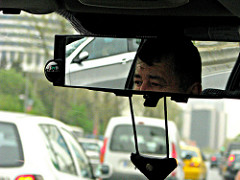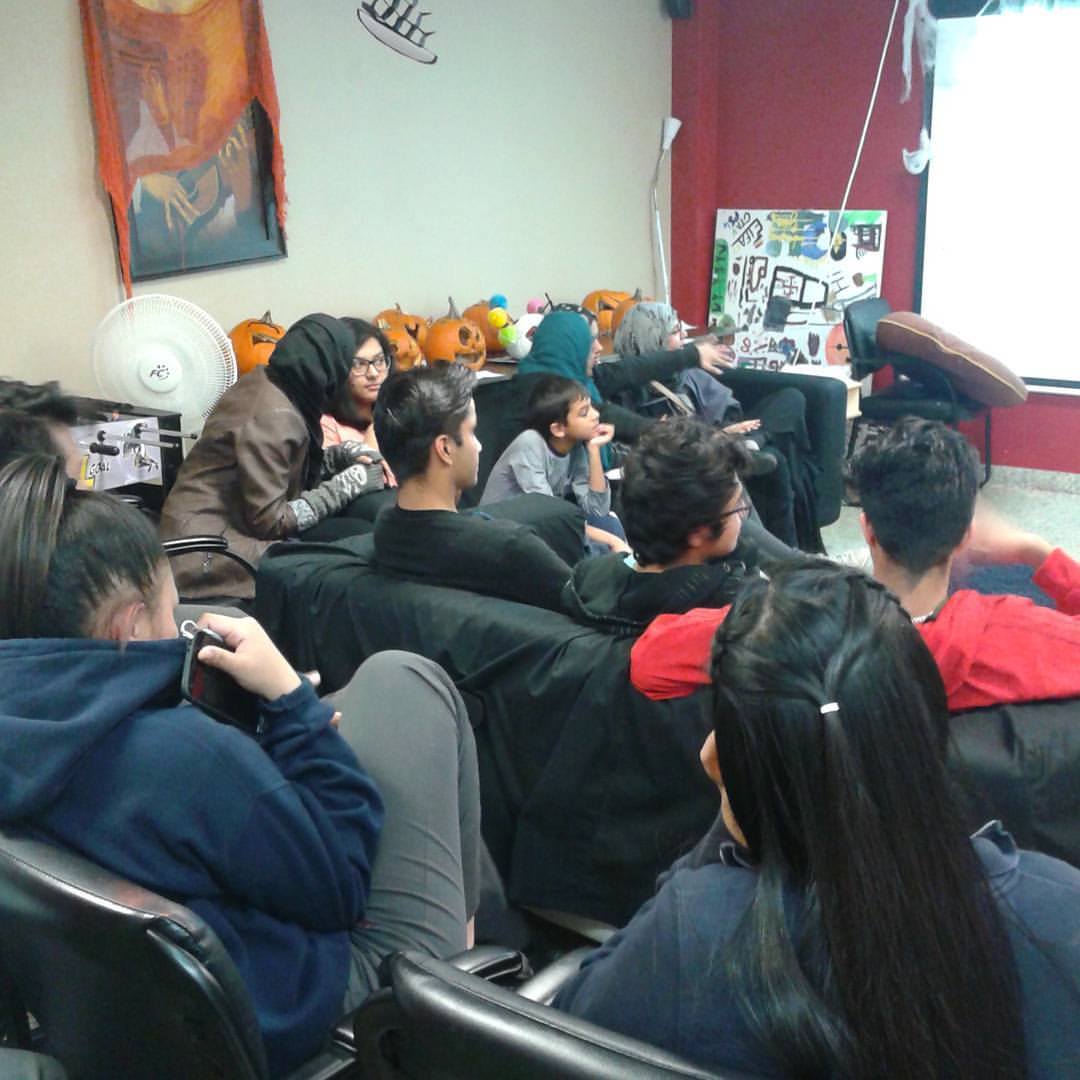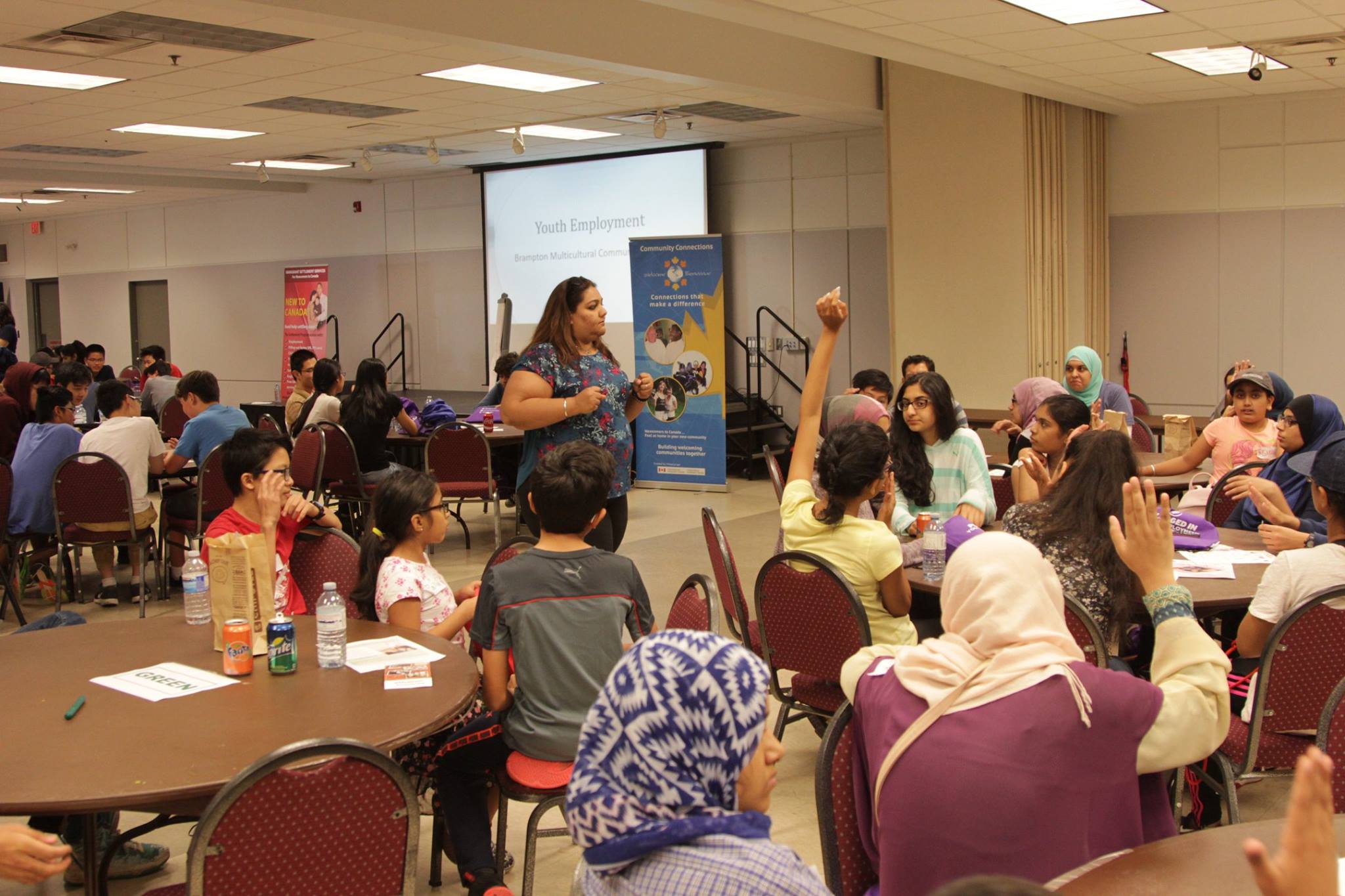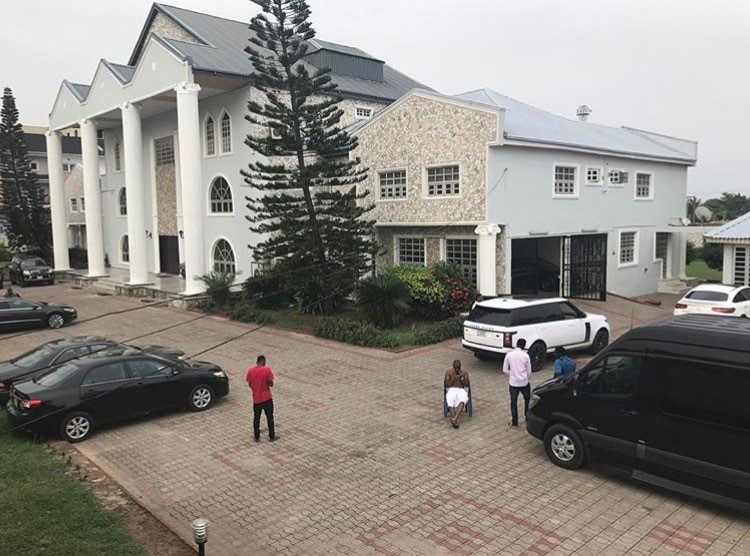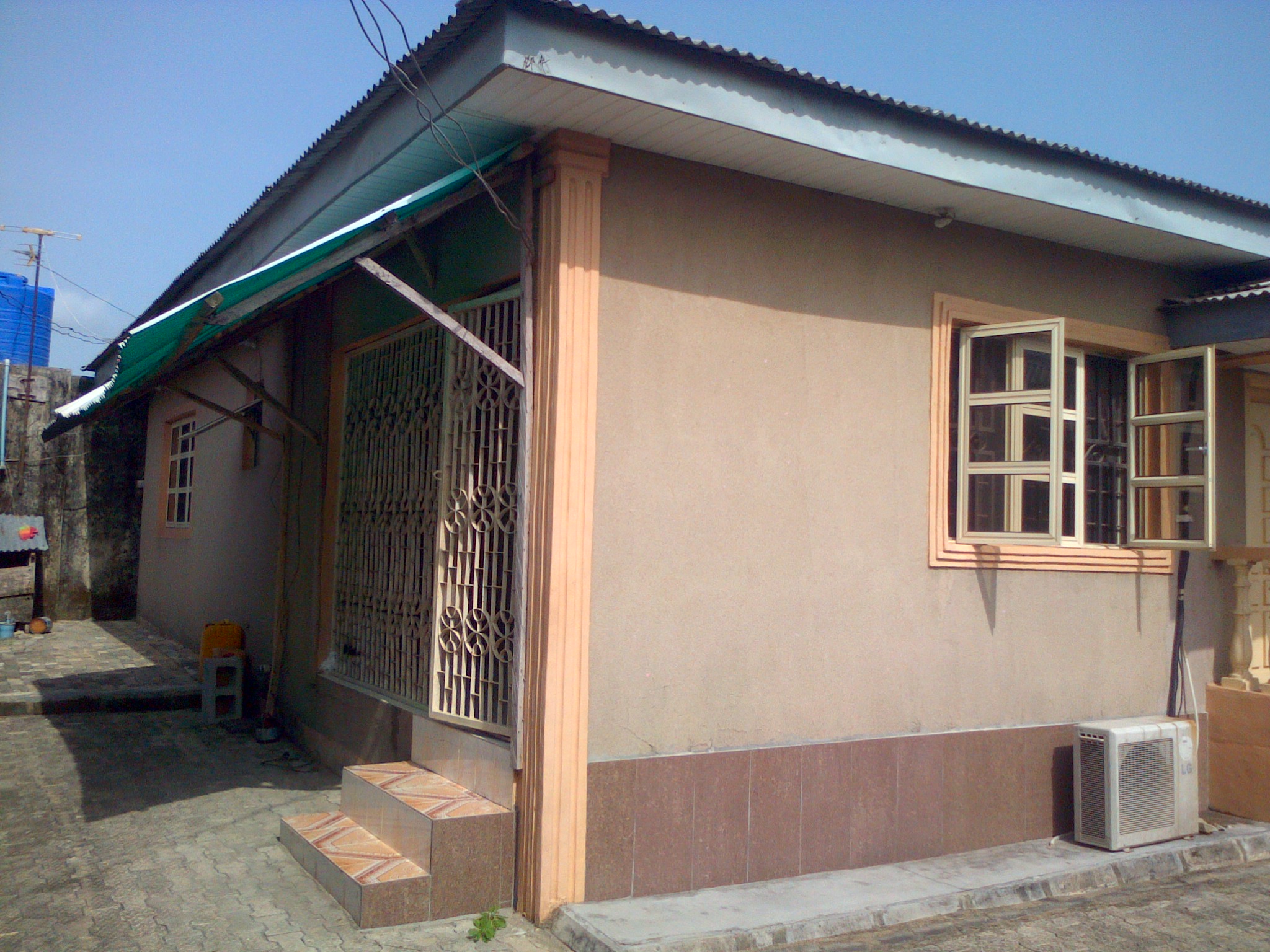COVID-19 and its Differential Impact on Single Mothers in Precarious and Stable Employment: A Lack of Governmental Support
Taylor Domingos
INTRODUCTION
While COVID-19 has had profound impacts on the entirety of the population, single mothers are likely to face exacerbated inequalities in employment, childcare, and housework (Levine, 2020). My research will look at the disproportional impact that COVID-19 has had on single mothers, with a child under the age of 14, in the Greater Toronto Area. Single mothers, however, cannot be amalgamated into a homogenous group and instead, should be differentiated by those who are employed in permanent, full-time sectors with traditional hours, and those whose jobs may be insecure or precarious. This dichotomy has been understudied yet is a necessary consideration as income-levels and stability of work affect single mothers’ concerns and responses to the pandemic, and also their reliance on government subsidies. My research follows the two general research questions: 1) What are the similarities and differences among employed single mothers and those who have experienced job loss or a reduction of hours, in terms of both fears and how they are responding to them in the second wave of COVID-19? 2) How is the government aiding single mothers in the GTA during COVID-19 and do single mothers feel this is adequate?
To explore these questions, I use qualitative semi-structured phone interviews with 5 single mothers employed in precarious sectors, and 5 in stable, full-time employment. My findings suggest large-scale differences in financial loss for those in precarious employment and financial stability for those in full-time sectors during COVID-19. Mental health during the second wave of COVID-19 was exacerbated for single mothers in precarious employment, whilst having no effect on the comparison. Similarities between the two groups are noted in the difficulties facilitating online school for children during COVID-19 and the reliance on social support networks for childcare. The final analysis showcases the inadequacy of government aid on the basis of two major subsidies: the Canada Response Benefit and Daycare Subsidies.



DIFFERENCES AMONGST SINGLE MOTHERS IN PRECARIOUS AND STABLE EMPLOYMENT
Financial Loss and Instability for Single Mothers in Precarious Employment
The theme of financial loss and instability was one that was widely expressed by the precarious group and this theme proved largely different between the two comparison groups. During the second wave, many of the participants of single mothers in precarious employment sought out new jobs that would remain open as they could not afford a second lockdown. One of my participants speaks to this notion in the proceeding quote. Sienna, a 21-year-old single mother of one said:
Due to the pandemic, I worked at the mall and the mall was closed. So I couldn’t go back to work… Currently, I’m working. I work at a grocery store. I’m technically an essential service because I had to go find another job that I could work during COVID and that I wouldn’t be scared would close because I kind of need to continue to make money. I did go find an essential service job.
This quote demonstrates the notion of attempting to find essential service jobs that will provide income to pay for necessities related to single parenting, like food or rent. This concept has not been largely addressed in past literature; thus, the idea of fearing layoffs and attempting to find work is a relatively new finding in the literature on COVID-19 and single parenting. Similarly, other single mothers in my precarious group showcased difficulty in attempting to secure these new jobs that would remain open during province-wide lockdowns as they found it difficult to find childcare provision to do so. This is consistent with Brooks’ (1996) study that suggests that the most common barrier to securing stable employment for single mothers is a lack of childcare. This inability to find work as a result of a lack of childcare is identified in the quote below. Kristen, 40-year-old single mother of three notes:
Like especially during the pandemic, it’s really hard to, you know what I mean? It’s really hard finding a job and wondering who is going to watch my daughters. They’re young. Jacob goes to school full time along with my daughter who is 5. I now always feel on edge if I try to get a job now. How’s it going to work out? Where are they going to go right now? Is it going to be safe? Am I going to be off in time to pick them up?
This quote demonstrates that job searching for essential service jobs that would remain open was not only a necessity, but also that it was extremely difficult to find childcare amidst finding a job during COVID-19. The questions that this participant asks herself are found to be typical of single mothers who need to work but are unsure of where to leave their children. This quote also relates to existing literature which showcases single mothers’ fear that childcare provision may be inadequate or inappropriate; thus, causing them to sacrifice financial instability in order to stay at home with their children (Cook, 2012). My findings show that these concerns are likely exacerbated during COVID-19.
Financial Gain or Stability for Single Mothers in Stable Employment
In contrast, single mothers in stable employment either reported no change in their finances, or even a promotion or raise. When asked about primary fears, financial instability was never noted in this group and they spoke as though COVID-19 posed no detrimental financial impact. Naja, a 39-year-old single mother of one states that, “I worked throughout the entire pandemic. My hours didn’t really diminish. They pretty much stayed the same.” A similar quote can be identified by Magda, a 41-year-old single mother of two, as she says: “Well, I’m a full-time administrative assistant at a hospital. I work Monday to Friday, pretty much nine to five, so for me, work just got busier if anything.” The final quotation indicative of the fact that financial gain was more prevalent than financial loss for single mothers in stable employment is produced by Vivian, 31-year-old single mother of two who claims, “So, I mean pre COVID I was a high school science teacher, and my hours were 8:20 to 2:20. Just recently, in the second wave I was actually promoted to guidance. So, my hours are able to be staggered. So, I can just jump on to work when my kids are done online.”
The above three quotes showcase the large disparity between the single mothers employed in precarious sectors and those that have full-time work during COVID-19. The gravest fear for single mothers in precarious employment was attempting to make an income that would serve as adequate for the basic necessities needed for parenting. With lockdowns and layoffs, this group found it challenging to maintain financial stability, and thus, went searching for jobs that would remain open. In contrast, COVID-19 and Ontario’s lockdowns had almost no effect on the financial stability of single mothers already employed in stable, full-time sectors, and any mention of change was positive.
Worsening of Precarious Single Mothers Mental Health During COVID-19
Another prevalent theme amongst the group of precarious single mothers was that of worsening mental health conditions during the second wave of COVID-19. This theme proved largely different between the two comparison groups. Many single mothers in the precarious employment group made mention of worsening anxiety and depression. They stressed the difficulty in seeing the “light at the end of the tunnel” or seeing their circumstances getting better. A lot of this mental health concern stemmed from being isolated with their children and not receiving outside contact as they were prior to COVID-19, which is evident in Raquel, 45-year-old single mother of one’s, quote below:
Yeah, it’s just been really hard for us. I could say that. And for Stephanie’s anxiety, I had to reach out to my doctor which put us in contact again with the psychiatric ward at the hospital. And we did have therapy over ZOOM but it’s like she says it’s not same and they say it’s not the same. And I know she probably would like to open up more and she doesn’t because she’s scared. She’s gonna make me worry more. We kind of rely on each other for that but I think I think that’s another thing I know there’s sites for mental health support and all that. But not many kids are going to open up online or even over the phone.
The above quote showcases a single mother whose mental health is worsening along with her daughter’s anxiety. She stresses the lack of mental health resources and the inadequacy of attending online counselling or therapy, which are some of the only options available during Ontario’s second lockdown. Choi, Byoun, & Kim (2020) emphasize the need for increased telehealth services to deal with mental health concerns, although the findings of this research show that this may not serve as the best option for single mothers as they have difficulty ‘opening up’ online. Another single mother, Kristen, in the precarious employment group notes:
Stressful. Very stressful. We live in a one bedroom right now and like it’s a large one bedroom. But like my daughters need a room, I need my own room, and my son needs his own room obviously. We’re in a large space but we’re always in each other’s faces constantly so yeah it is a struggle.I am in and out of depression and like, in a sense, I don’t want to wake up sometimes in the morning. I want to wake up but I just don’t have the drive when I wake up to want to do much except make sure they are fed and provide for them. I don’t even care about myself now most of the time. I put them first.
This quote showcases that this group might be experiencing heightened mental health concerns as a result of their financial stress. For these women, financial loss and mental health often go hand in hand. The concept of putting one’s mental health aside to merely provide for children is one that was also common amongst this group of participants. These findings remain consistent with Choi, Byoun, & Kim (2020) whose study of single mothers in South Korea during COVID-19 show that they hold higher rates of depression amongst the rest of the population.
Stable Mental Health & ‘Liking’ Being at Home for Stable Employment Single Mothers
In contrast, the difference in mental health can be seen in the group of mothers employed in stable or full-time work. There was not much mention of mental health concerns in this group at all. Magda, 41-year-old single mother of two, even mentioned appreciating remaining at home, and that their children were not finding it straining either:
But as far as having the girls here, my six-year-old, is a bit grumpy but the grade seven it’s been really a good experience for us. Because grade seven can be tough on girls. And there’s a lot of drama that she just doesn’t really want to deal with it and now we can kind of bypass all that…If it wasn’t for the financial aspect of COVID and what that has done to me then I could do this.
The above quote showcases a common theme amongst this group which is the ability to continue lockdown measures without severe impacts on mental health; thus, noting an evident difference between the group of mothers in precarious and stable employment in relation to mental health.
SIMILARITIES AMONGST SINGLE MOTHERS IN PRECARIOUS AND STABLE EMPLOYMENT
Facilitating Online School for Children with Only One Parent at Home



During the second wave of COVID-19 in Ontario, beginning in January 2021, all levels of schooling moved online, including both elementary and high school. The most notable similarity amongst both my comparison groups were the challenges related to facilitating schoolwork for their children while also trying to complete their own work at home or complete household tasks.Regardless of age, none of my participants children were able to do this entirely independently or on their own. Raquel, 45-year-old single mother of one, suggests:
Uh well it’s a struggle, because, you know, having to work but also help Stephanie with school. And she, she suffers from social anxiety disorder, and she doesn’t like online at all. So, it’s been a struggle since she’s been home, even throughout the holidays. Okay, she just, she just goes into, like, the panic mode. And then it’s trying to juggle everything, like, you know. I help her, she needs help, because she also has an IEP for certain subjects. So, I do have to assist her.
This quote, provided by a single mother in the precarious employment group, demonstrates the challenges related to having to balance work and facilitating online school for her child. Although her child is 14, she suffers from additional challenges related to learning disabilities that make it all the more difficult for her mother to help her adjust to the new online learning environment. Similarly, Roberta, a 37-year-old single mother in stable, full-time employment notes the following:
So, a lot of the online for her again with her teacher it was independent learning. And I was working a full-time job right so there was times when it’s like I’m in meetings and I have her knocking on my door because she needs help on something like it was juggling the job with client meetings and all that stuff and due dates and deadlines and still having to kind of guide her and help her through her online.
It is evident that both groups face the similar, COVID-19 specific, stressor of having to facilitate online learning for their children irrespective of age. This adds a new barrier and challenge to single parenting that was not present before the pandemic. This notion of online school facilitation, being specific to Ontario, has not been addressed in the literature on single mothers or COVID-19. Hertz, Mattes, & Shook (2020) do mention, however, the difficulty single mothers face in completing work tasks while faced with the constant interruption of their children.
Receiving Social Support from Family During COVID-19
A final notable similarity for both single mothers employed in precarious and stable employment was the reliance on pre-existing social support networks for the provision of childcare. Irrespective of lockdown measures in Ontario, both groups made mention of calling on family to watch their children when they were in need of a break or needed to work. Both groups also made mention of family members coming to stay with them for short periods of time. Vivian, a 31-year-old single mother in stable employment notes:
So I have a great support system. My brother lives quite close to me with his wife and kids in case I need to get out he can watch them. My mom and dad, as well. I mean they live in Mississauga and I’m in Burlington but they’re always available during COVID… there are times I’m like can you take them for the night because I’m going to kill someone. I have not had a break away from these kids all day, every day, day in and day out.
The above quote, provided by a single mother employed in stable work, showcases the reliance on family members to provide a ‘break’ or time away from children. This is inconsistent with Hertz & Ferguson (1998) finding that single mothers employed in full-time jobs would prefer to buy ‘help,’ as opposed to relying on their personal networks. Similarly, single mothers from the group employed in precarious sectors spoke of a similar reliance on family members, as evidenced by 21-year-old Sienna who suggests: “Having people in my home did make it better and like, my mom is working from home. She’s been a big help when like I have no one to watch Melissa or if I work a late shift.”
Both of these quotes showcase the equivalency in both single mothers in precarious and stable employments reliance on family and personal networks for the provision of childcare. They prove inconsistent with previous literature on COVID-19 and parenting, which suggests that single mothers would not rely on relatives as they did not live with them and feared the spread of COVID-19, yet before the pandemic they were able to call on these supports when needed (Hertz, Mattes, & Shook, 2020). The participants in this study showed that the potential spread of COVID-19 came as a secondary fear to that of mental health worsening and needing a break from children, and the need for help with childcare.
GOVERNMENT SUBSIDIES
- COVID-19 Related Subsidies
| Canada Recovery Benefit (CRB) | The Canada Recovery Benefit (CRB) provides $900 every two weeks to those who have experienced a loss of employment or 50 percent reduction in income as a result of COVID-19 (Government of Canada, 2021a). In order to be eligible, one must also be able to show that they have made at least $5000 in income in either 2019 or 2020 (Government of Canada, 2021a). One must not have turned down work and must have been seeking or willing to work during the periods they are applying for (Government of Canada, 2021a). |
| Canada Emergency Response Benefit (CERB) | The Canada Emergency Response Benefit (CERB) provides $2000 every four weeks to those who have experienced job loss as a result of COVID-19 (Government of Canada, 2021b). In order to be eligible, one must also be able to show that they have made at least $5000 in income in either 2019 or 2020 (Government of Canada, 2021b). |
- Pre-COVID Subsidies for Single Mothers
| Ontario Child Benefit | The primary benefit awarded to single mothers in Ontario is the Ontario Child Benefit. This benefit grants differential amounts to mothers, dependent on their income (Ministry of Children, Community, and Social Services, 2010). It is to be utilized for all fees related to raising children, however, the maximum amount that can be granted is $1,461 dollars per child each year (Ministry of Children, Community, and Social Services, 2010). For women in precarious employment, $1,461 likely will not serve as enough to provide for children. |
| Childcare Subsidies | The average cost of childcare in Ontario, the province with the highest childcare costs, range from $940 a month for a preschooler to $1,080 per month for a toddler (Finding Quality Childcare, n.d.). If the family income is below $20,000, as single mothers in precarious employment might find themselves in this bracket, then childcare will be fully subsidized (Kozicka, 2016). If the mother makes $40,000 or more, she will need to contribute 20 percent of the childcare costs, while the subsidy may cover the remainder (Kozicka, 2016). For those in stable employment, who are likely making a net income of $70,000 or more, they will be expected to pay between $800 to $1000 a month (Region of Peel, 2020). |
The following section will outline the findings in relation to the second question that was examined, which is the impact of government aid on single mothers in the GTA during COVID-19 and whether single mothers feel this is adequate. This theme was spoken on solely by the single mothers in precarious or insecure employment. The stable employment group responded to questions about government aid in saying that they have not received any. The section will be organized around two government subsidies, one that is COVID-19 specific, the Canada Response Benefit, and one that was pre-existing, Daycare Subsidies.
- COVID-19 Related Benefits: Canada Response Benefit (CRB)
Single mothers in precarious employment reported collecting CERB either while they were laid off, or when their income was below $1000. The primary reason they felt CERB was inadequate was because they did not feel it did a good job analyzing an individual’s circumstance and merely provided a universal benefit. Being single mothers, in low-paying work, they felt as though the Canadian government made no attempt in their application to ask about specific circumstances and allocate different amounts of money accordingly. They felt the $900 bi-weekly benefit was too low to cover necessities like rent or food. Elena, 49-year-old single mother of two suggests that government subsidies are too low in saying that: “No, no. No, absolutely not. I mean like right now they’re giving us $900 every two weeks. And that that doesn’t cover anything. That barely even covers our rent. Especially me like I used to be a business owner and now it’s like what am I supposed to do with 900 dollars every two weeks.”
The above mentioned quote showcases the inadequacy of CRB benefit for single mothers in precarious employment. Another facet mentioned is the fact that these single mothers would likely be making more money working, as opposed to collecting benefits. This is largely inconsistent with literature on single mothers and COVID-19 as it states that single mothers in low-income, precarious work are better off receiving welfare during this time than working unstable hours for low pay (Choi, Byoun, & Kim, 2020). With the low $900 bi-weekly benefit this did not prove to hold true. Similarly, Elena added: “But I do have to say that every time I apply for that money I am extremely nervous. I feel like I am going to have to, in one way or another, pay for it later. So you know to ask them for more puts me in an even more insecure position. So I don’t know what the answer is.”
This quote showcases another common fear that was mentioned by single mothers in precarious employment in relation to CRB, which is the fear of having to pay back large amounts of the benefit when tax season comes into effect. For this reason, single mothers in precarious employment did not recommend raising the benefit in its entirety, but instead felt as though the application should inquire about whether an individual is a single mother and provide specific relief for those women.
- Pre-Existing Subsidy: Daycare Subsidy
The second benefit mentioned by single mothers in precarious employment was not COVID-19 specific but still noted to be largely inadequate. The primary problem that single mothers in precarious employment had with the daycare subsidy was its inability to accommodate non-traditional schedules that do not fit in the 9 to 5 bracket. One 21-year-old single mother, Sienna, who is employed at a grocery store, noted: “Yeah and like my daycare hours are 7am to 6pm. So if you work a regular like nine to five job. And like, maybe like four out of seven days I’ll work daycare hours. And then a couple days I close and work till 9:30. And then those, well, I need someone’s help.”
This is consistent with previous literature on single mothers employed in insecure or non-traditional sectors, which has suggested that government funded childcare made no attempt to accommodate non-traditional schedules, like working early or late in the night (Brooks, 1996; Son & Bauer, 2010). Since this has been looked at in literature dating back to 1996, it shows Western society’s value of traditional work and devaluing of shift work, which is reflected in government aid. A more COVID-19 specific inadequacy related to daycare subsidies was noted in the fact that daycares were facing constant closures. This is also evidenced by 21-year-old Sienna, as she states:
But yesterday I literally got calls, literally yesterday, that I had to pick her up early. I dropped her off around 9:30. Then I got calls around 12:00 that I had to pick her up early because one of the teachers had tested positive for COVID. So she’s now not allowed to return until Monday, because they need the like four or five days off to fully sanitize the place and make sure the teachers aren’t coming back until they’re fully well…. So daycare closing is like oh my god I need help 24/7.
This quote showcases the lack of government address for daycare closures during COVID-19 and how the subsidy makes no accommodations for such matters. The Ontario government evidently does not recognize the circumstance of single mothers who may rely on daycare as their only method of childcare and how a closure may affect their work. A recommendation was provided by two single mothers in precarious employment as they suggested that the government should provide emergency daycare centres that children can attend should their daycare close, that the subsidy would cover.
POLICY RECOMMENDATIONS
Drawing on the recommendations provided by several single mothers in this research, two primary policy recommendations can be provided. The first pertains to the Ontario government obtaining specificities in relation to life circumstances and social factors on the COVID-19 subsidy applications. The inclusion of questions regarding parental status, marital status, number of children, and other relevant factors should allow for the COVID-19 benefit to be more specific, as opposed to a universal benefit of $900 every two weeks. Should increased benefits be given to single mothers, however, the Ontario government must ease their concerns associated with having to repay this money amidst tax season. The government of Ontario should provide exemptions or allow for this taxable benefit to be repaid in small increments as opposed to in lump sum. In addition, while daycare benefits proved beneficial for several participants, COVID-19 closures rendered the benefit less effective. As mentioned by several single mothers in this research, the Ontario government should provide emergency daycare locations when daycares face closures, instead of requiring that the children remain home for a prolonged period. This will likely ameliorate some of the burden that single mothers face in balancing work, especially with non-traditional hours, and childcare.
DISCUSSION AND CONCLUSION
The above paper extensively examined the two research questions of: 1) What are the similarities and differences among employed single mothers and those who have experienced job loss or a reduction of hours, in terms of both fears and how they are responding to them in the second wave of COVID-19? 2) How is the government aiding single mothers in the GTA during COVID-19 and do single mothers feel this is adequate? The findings though widespread demonstrate several important notions. The first being that a global pandemic, such as that of COVID-19, poses differing effects for single mothers in precarious and stable employment. The most significant difference was identified in the form of financial stability, as single mothers in precarious employment have difficulty providing for their children and face the burden of finding work that remains open in lockdown to do so. Another important societal notion, stemming from this, is that single mothers in precarious employment face heightened mental health concerns as a result of their precarious financial state that those in stable employment do not showcase. There were, however, homogenous similarities between the two groups, which were identified in relying heavily on social networks for the provision of childcare and devoting significant time to helping their children facilitate online school. The final findings of the report are significant as they speak to the inadequacy of government subsidies in aiding single mothers through COVID-19. The low value of 900 dollars bi-weekly, which is provided by CRB benefits, was noted not to adequately cover all of the expenses single mothers face, particularly those of rent and childcare. Similarly, daycare subsidies, while beneficial in some ways, do not address constant closures of daycares during COVID-19, that leave single mothers with no alternative method of childcare. On a larger scale, addressing these topics in sociological research is significant as it might influence policy, and since many of the women spoke to gaps in policy and current government subsidies, this study might influence policy makers to implement more resources for single mothers during this time.
***


















































